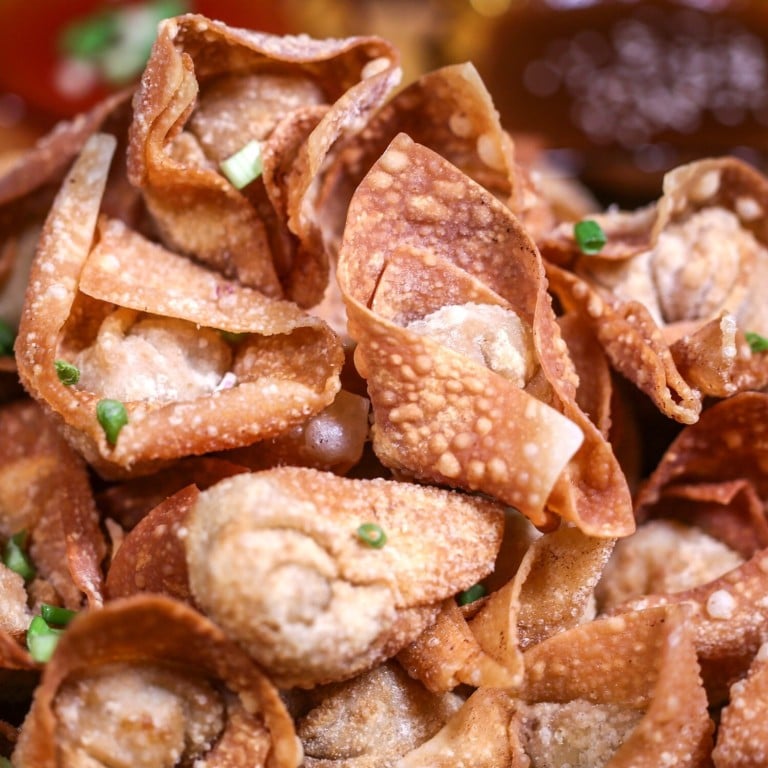Should wontons be fried or boiled? Maybe MasterChef Australia’s Andy Allen was right to slate ‘not crunchy’ deep-fried dumplings after all

Fried or in soup, the simple wonton is one of the world’s great snacks – but which is the truly traditional way to serve these moreish meat parcels, how does dim sum differ between north and south China, and can a fried dumpling ever be too soggy?
Who would have thought the humble wonton could expose the cross-cultural misunderstandings in our globalised kitchens? The staple Chinese dumpling recently sparked a fiery debate after taking the spotlight in an episode of MasterChef Australia.
Contestants were challenged to make something extra crunchy and Perth-based chef Brendan Pang, of Mauritian-Chinese heritage, made deep-fried wonton as his offering. The Twitterverse was set ablaze when judge Andy Allen, who was the winner of MasterChef Australia back in season four, criticised the dish as the meaty part of the appetiser wasn’t “crispy enough”.

Traditionally boiled then served in soup, Wonton is prevalent throughout China. Different versions have different names and the dumpling has a rather romantic legend of being a dish created by Empress Xi Shi for Emperor Li Kun when he lost his appetite. However, the early versions of wonton were referred to as “dim sum”, in the context of a breakfast food, in texts going as far back as the Tang dynasty.
According to The Record of Folk Custom from the Qing dynasty, there was a marked difference between morning dim sum – which includes wontons – and dry dim sum for tea time, but this distinction was soon blurred and eventually disappeared.